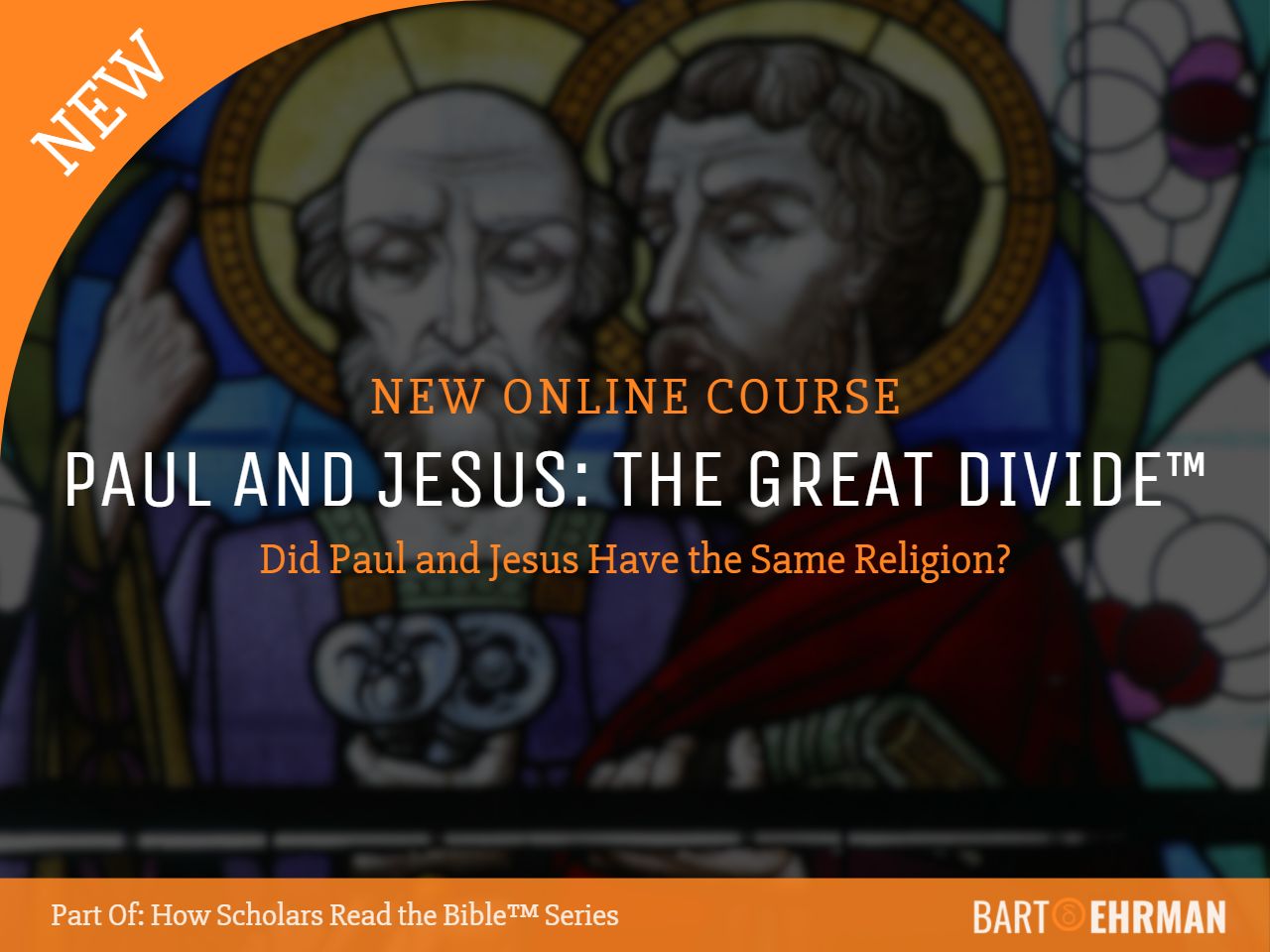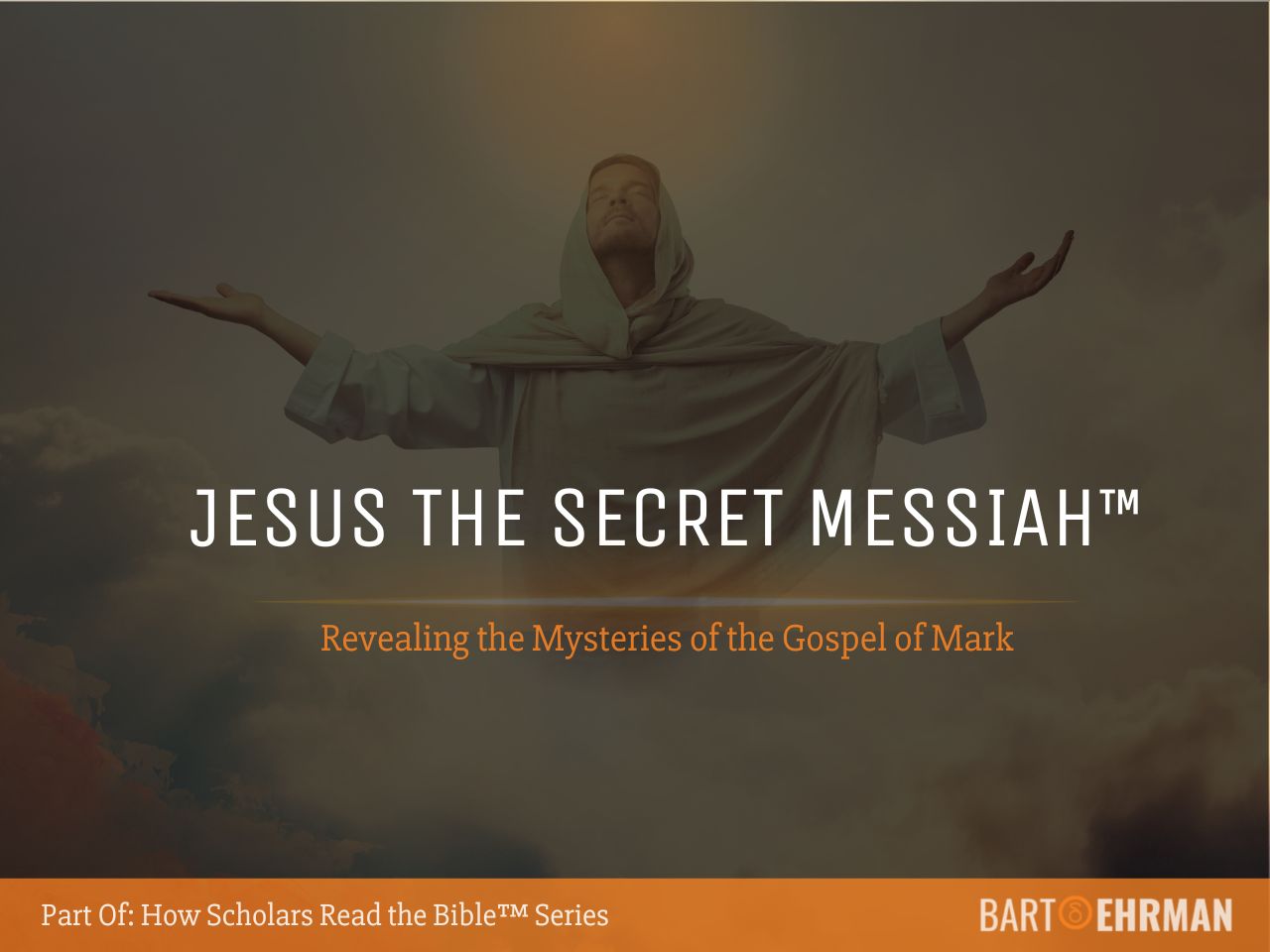Are Catholics Christians?
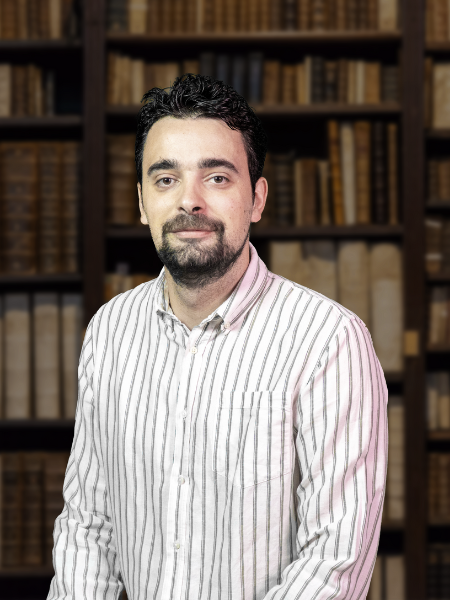
Written by Marko Marina, Ph.D.
Author | Historian
Author | Historian | BE Contributor
Verified! See our guidelines
Verified! See our editorial guidelines
Date written: October 31st, 2024
Edited by Laura Robinson, Ph.D.
Disclaimer: The views and opinions expressed in this article belong to the author and do not necessarily match my own. - Dr. Bart D. Ehrman
The question, “Are Catholics Christians?” may seem surprising, but it reflects a broader debate in the modern world. Catholics identify themselves as Christians, while certain Protestant groups sometimes use "Christian" as a label exclusively for their form of faith, implying a distinction.
While not universal, this division in terminology points to a deeper and more complex history of Christianity's development.
According to the Catholic Church, its history stretches back nearly 2,000 years, claiming an unbroken tradition that began with the apostles.
While the church has experienced both high and low points, and there are times when this continuity appears more symbolic than historical, the Catholic Church still declares itself the oldest continuously functioning institution in the world today.
However, from a scholarly perspective, the origins of what we now call the Catholic Church are more closely tied to institutional and social developments in the post-Constantine era.
In this article, we will delve into the origins and evolution of Christianity, exploring how the Catholic Church emerged as a dominant force within it.
We’ll examine key historical developments, the differences between Catholic and Protestant beliefs, and why understanding these distinctions is crucial for anyone exploring the question of what it means to be Christian. Since we have an earlier article already published, we won’t go into the details of the beliefs and practices of the Catholic Church.
Finally, by focusing on history rather than theology, we aim to present an objective, scholarly perspective on this long-standing debate.
However, before we begin, I want to invite you to check out Bart D. Ehrman’s excellent course “Paul and Jesus: The Great Divide.” In it, Dr. Ehrman provides a scholarly perspective on two pivotal figures in Christian history, analyzing their theological similarities and differences. Give it a shot! You might be surprised by what you find.
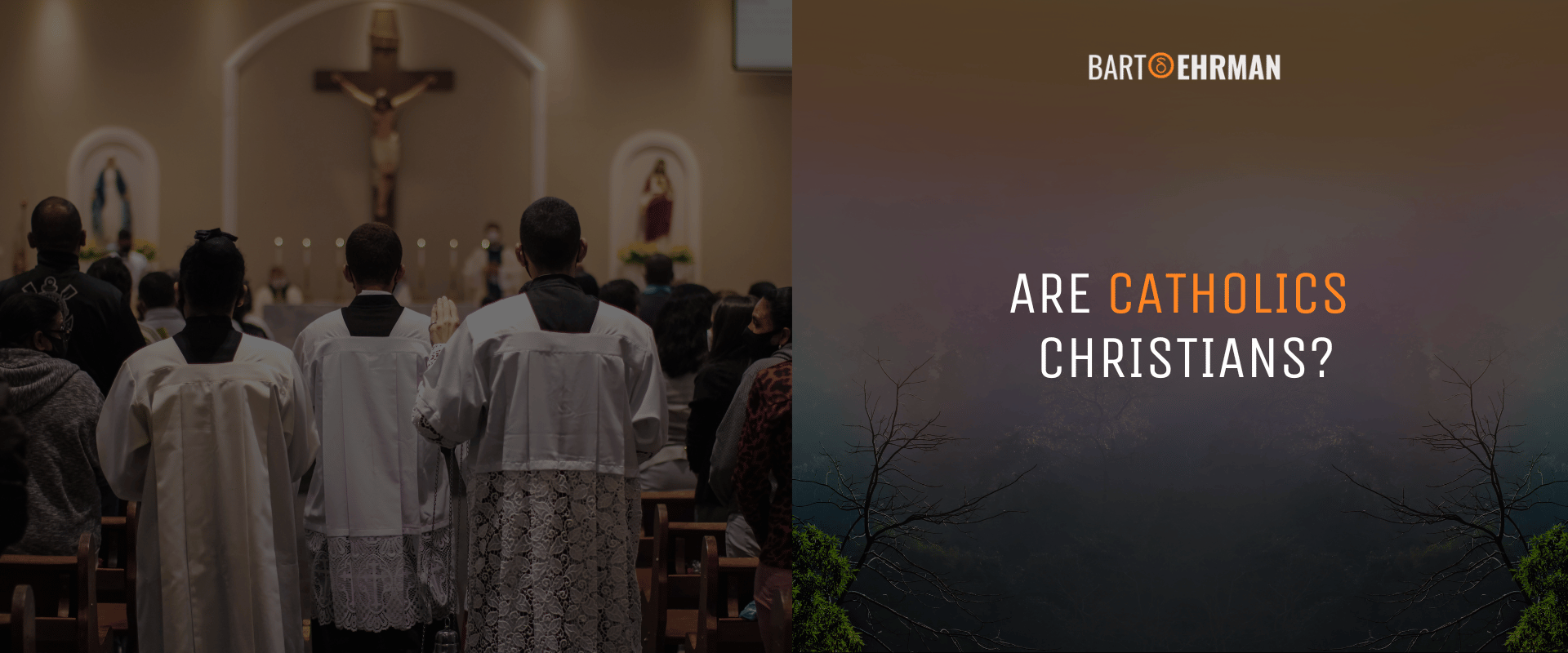
What Is a Christian? Explaining Basic Terminology
According to the Pew Research Center, there are more than 2 billion Christians in the world today, making Christianity the largest religion globally. However, this vast number encompasses a wide variety of beliefs and practices, which raises the fundamental question: What is a Christian?
To address this terminological challenge, we can define a Christian in broad, scholarly terms as someone who professes belief in a single God and the resurrected Jesus as his Son. This definition cuts across the different denominations and theological interpretations that exist within Christianity.
As Mary J. Weaver and David Brakke explain in their highly acclaimed book Introduction to Christianity:
(Affiliate Disclaimer: We may earn commissions on products you purchase through this page at no additional cost to you. Thank you for supporting our site!)
Christianity has a doctrine about God that includes a belief in the life, death, and resurrection of Jesus, and it offers a method for getting in touch with God that involves a relationship with Jesus. Christians agree that it is important to know, to believe in, or to experience Jesus, but they disagree about how that is done.
This broad definition allows for significant diversity within the Christian tradition. While nearly all Christians agree on the centrality of Jesus and his resurrection, they may differ on how to interpret his teachings, the nature of the relationship with God, and how salvation is attained.
Needless to say, these differences derive from different interpretations of the Bible, particularly the New Testament. For some, being a Christian involves a highly personal, spiritual relationship with Jesus, while others emphasize the role of church sacraments and communal worship as essential to the Christian experience.
In the next section, we will unpack the question, “Is Catholicism a form of Christianity?” by examining the historical development of Christianity and the emergence of the Catholic Church, particularly in the centuries following its foundational period.
Are Catholics Christians? The Early Christian Diversity
Ever since German theologian Walter Bauer published his groundbreaking work Orthodoxy and Heresy in Earliest Christianity, scholars have recognized that Christianity was never a monolithic movement.
While certain aspects of Bauer's thesis have been critiqued — particularly by scholars such as Thomas A. Robinson — the central idea remains: Christianity began and continued as a heterogeneous movement. Its institutions only became centralized and more structured after Emperor Constantine's conversion in the early 4th century.
During the first several centuries of this “new religion,” various branches of Christianity flourished, each believer convinced they alone possessed the correct interpretation of the faith and the true path to salvation.
In his bestselling book Lost Christianities, Bart D. Ehrman highlights this diversity:
In the second and third centuries, there were Christians who believed that God had created the world. But others believed that this world had been created by a subordinate, ignorant divinity... In the second and third centuries, there were Christians who believed that the Jewish Scripture (the Christian 'Old Testament') was inspired by the one true God. Others believed it was inspired by the God of the Jews, who was not the one true God.
This range of contradictory beliefs demonstrates the rich diversity of early Christian thought, with various sects holding onto radically different understandings of God, Scripture, and Jesus himself.
A case in point would be Marcion, a second-century Christian who rejected the Old Testament entirely and believed that the God of the Old Testament was a different, inferior deity from the God revealed by Jesus. If you are interested in learning more about Marcion, we have a full article devoted to his life and beliefs.
Eventually, one of these streams triumphed, becoming what we now recognize as the dominant form of Christianity. The factors contributing to this result are many and complex, involving theological debates, social dynamics, internal features, and eventually even political support.
Scholars such as Arland J. Hultgren and Paul Veyne have explored these developments, showing how the processes of institutionalization, doctrinal consolidation, and the support of imperial power — particularly after Constantine’s conversion — played a significant role in shaping what would later be known as orthodox Christianity.
Out of this diversity, and under the influence of Constantine, an institutional Church began to emerge, which would eventually lay the foundations for what we now call the Catholic Church. It’s to this development, and the formation of distinct Catholic beliefs, that we now turn our attention.
Are Catholics Christian? Emergence of the Catholic Church
The conversion of the Roman Emperor Constantine in the early 4th century marked a pivotal moment in the development of Christianity. Before this, Christians were a minority in the Roman Empire, sometimes even persecuted by both the provincial government and the central state.
Constantine’s conversion, however, transformed Christianity into a favored and increasingly institutionalized religion. This shift had profound political and social consequences.
Previous generations of scholars questioned the sincerity of Constantine’s conversion, suggesting that it was primarily a political maneuver rather than a genuine religious reorientation. Jacob Burckhardt, for instance, argued that the emperor only used Christianity as a tool to consolidate power and unify the empire under a single religion.
However, contemporary scholars largely reject the idea that Constantine’s conversion was purely political. While Constantine may not have been a theologian, his conversion is generally accepted as genuine, though not without pragmatic elements.
In his book Quand notre monde est devenu chrétien (When Our World Became Christian) French historian Paul Veyne provides a nuanced perspective:
This extravagance [Constantine's assertion that he saw the risen Jesus, who gave him a divine commission to rule the Empire], however, is not unbelievable; it fits into a series, as it often happens that a ruler, a thinker, or a religious or political leader believes they are called to save humanity, to revolutionize the course of the world. The worst mistake would be to doubt their sincerity... But Constantine, an imaginative potentate, and even a megalomaniac, was also a man of action, filled with prudence as much as with energy; therefore, he succeeded in his aims: the Roman throne became Christian, and the Church became a power.
Regardless of his motivations, Constantine took an active role in shaping the future of Christianity.
He presided over the First Council of Nicaea in 325 C.E., a significant event that helped define Christian doctrine. Additionally, Constantine issued decrees that favored Christianity, helping to shift its status from a persecuted minority to a favorable religion.
Furthermore, the 4th and 5th centuries witnessed the formal emergence of Christian institutions that would later be recognized as core elements of the Catholic Church. With the imperial support of Christianity, the papal office in Rome, for instance, began to develop into a central authority.
Did You Know?
The Complex Legacy of the Catholic Church
Viewing the Catholic Church and Catholicism through a historical (objective) lens reveals both moments of profound inspiration and instances of deep tragedy. It’s hard not to be moved by Saint Francis of Assisi embracing a leper in an act of radical compassion, Dorothy Day opening her doors to the homeless in New York’s Bowery, or Maximilian Kolbe's ultimate sacrifice, giving his life for another in Auschwitz. These stories of selflessness reflect the noble side of a religion that has inspired countless acts of charity and heroism.
However, history also forces us to confront darker episodes. From the brutal conquest and devastation of Native American civilizations by Spanish Catholic conquistadors to the infamous Papal Inquisition’s persecution, and the shocking sack of Constantinople — the largest Christian city at the time — by the very Crusaders sent to defend Christendom, the Church's history is marked by tragic events.
Despite these contradictions, over 1 billion people today look to the Catholic Church as a divinely instituted body. Yet, it remains essential to reflect on the complexities of an institution that has been a source of both profound good and immeasurable suffering throughout its long history.
While the idea of a singular “pope” as the head of the Church was not yet fully realized, the bishop of Rome began to assume a prominent role among the bishops of the Christian world.
By the 2nd century, the bishop of Rome was already regarded by some Christian leaders as primus inter pares (first among equals). This notion laid the foundation for the later papal claims to universal authority over all Christians.
The doctrinal disputes of this period were equally influential. The 4th and 5th centuries saw fierce debates about the nature of Christ, the Trinity, and the relationship between Jesus' humanity and divinity. These controversies were addressed by four major ecumenical councils held between 325 and 451 C.E. — Nicaea (325), Constantinople (381), Ephesus (431), and Chalcedon (451).
The decisions made at these councils, particularly the declaration of Jesus as fully divine and fully human at Chalcedon, became foundational to Christian orthodoxy. Most modern Christian denominations, including all Catholics and most Protestant groups, still accept the doctrines established at these councils.
The role of the bishop of Rome, and eventually the papal office, continued to grow in prominence. By the 5th century, popes were beginning to take on some of the symbols and powers associated with the imperial authority of Rome.
An important moment in the development of the papal office came in 451 C.E. when Pope Leo I asserted his authority by stating in a letter to the Council of Chalcedon that “Peter speaks through Leo.” This claim was a clear declaration that the pope saw himself as the successor of the Apostle Peter, who was believed by many to have held a special position among Jesus’ disciples.
Although a direct historical lineage from Peter to the papacy is impossible to demonstrate, this belief became a central pillar of the Catholic Church's self-understanding.
In this way, the Catholic Church emerged from a series of theological, institutional, and political developments during the 4th and 5th centuries, claiming, of course, that her roots go back to Jesus and the apostles.
The support of the Roman Empire, the crystallization of key doctrines, and the growing influence of the bishop of Rome all contributed to the formation of what would become one of the most powerful institutions in Western history.
In our exploration of the question “Are Catholics Christians?,” we now move to the issue of the key differences between Protestant Christianity and the Catholic Church. Since we already have a full article devoted to it, the following section won’t go into details!
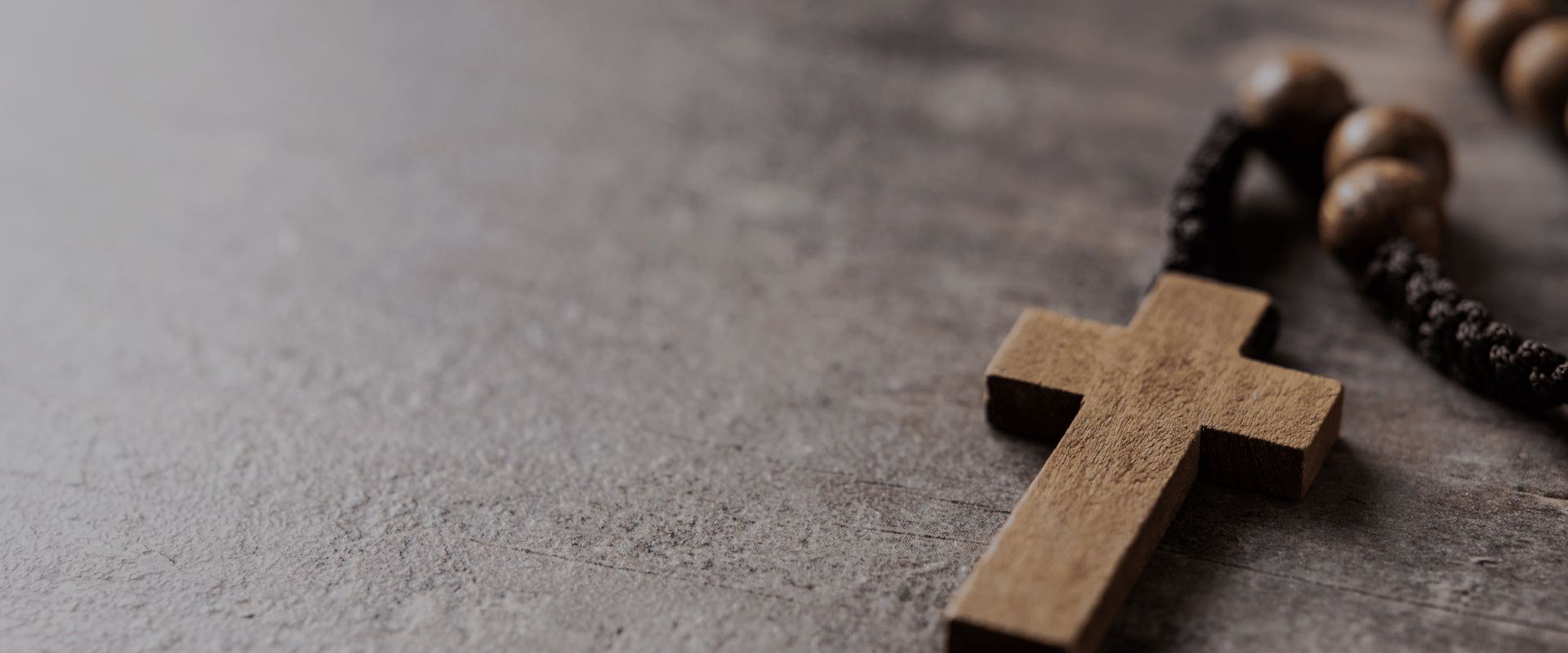
Branches of Christianity: Key Differences Between Protestant and Catholic Christians
Despite being the most dominant and influential religious institution in Europe during the Middle Ages, the Catholic Church faced waves of discontent from both individuals and communities. One of the most significant voices of opposition came from an Augustinian friar and professor at the University of Wittenberg (modern-day Germany) named Martin Luther (1483–1546).
While preparing lectures on the Book of Romans, Luther made what is sometimes called the “Reformation Discovery.” He interpreted Apostle Paul’s writings as revealing that people are justified by God not for their good deeds, but solely through faith — trust in God’s grace.
This realization struck at the heart of the Catholic Church’s teaching on works and sacraments.
Luther's grievances didn’t stop with theology. He was deeply troubled by the moral corruption among the clergy, especially the sale of indulgences — essentially promises of reduced punishment in the afterlife in exchange for financial contributions to the Church.
Luther’s criticisms didn’t go unnoticed. In 1521, he was excommunicated by Pope Leo X and summoned before the Imperial Diet at Worms to answer for his teachings. It was there that Luther made his famous stand, declaring, “Here I stand, I can do no other.”
Within a year, Luther had reestablished a new church in Wittenberg that operated on radically different principles. And as they say, the rest is history: Protestant Christianity was born, claiming — of course — that their teachings were the true continuation of the apostolic tradition, just as the Catholic Church did.
Now, let’s take a look at some of the key doctrinal and practical differences between Catholicism and Protestantism:
Doctrine/Practice | Catholicism | Protestant Christianity |
|---|---|---|
Authority | The Pope, Church tradition, and the Bible share authority. | Scripture alone (sola scriptura) is the ultimate authority. |
Salvation | Faith and works are both necessary for salvation. | Justification by faith alone (sola fide), not works. |
Sacraments | Seven sacraments, including the Eucharist, baptism, and confirmation, are necessary means of grace. | Two sacraments — baptism and the Lord’s Supper — seen as symbolic rather than sacramental. |
Clergy | The priesthood is essential, with priests serving as mediators between God and the people. | The “priesthood of all believers” requires no intermediary between God and people. |
Veneration of Saints? | Saints are venerated, and the Virgin Mary holds a special place in Catholic devotion. | No veneration of saints or the Virgin Mary; only Jesus is honored in worship. |
This table provides just a glimpse into the profound theological and practical distinctions between the two traditions. Although their differences are many, both continue to claim they represent the true teachings of Jesus and the apostles. Quite the historical rivalry, wouldn’t you say?
Conclusion
Are Catholics Christians? As we have seen throughout this article, the answer must be affirmative. Today, the Catholic Church is the largest denomination within Christianity, boasting over a billion adherents worldwide.
The Church's institutional framework and social organization trace their origins back to the 4th and 5th centuries, when it became increasingly structured under imperial support, though its theological and organizational roots extend even further into the early Christian centuries.
The Catholic Church, with its long history, reflects both the diversity of early Christianity and the complex processes that led to its consolidation. While significant differences arose with the Protestant Reformation in the 16th century, Catholics and Protestants, as two branches of Christianity, share a common foundation in their belief in Jesus Christ, his teachings, and his resurrection.
Understanding the historical evolution of these traditions is key to appreciating the broader landscape of Christian thought, practice, and identity, making it clear that Catholics are indeed Christians, even as debates about theological nuances continue.

